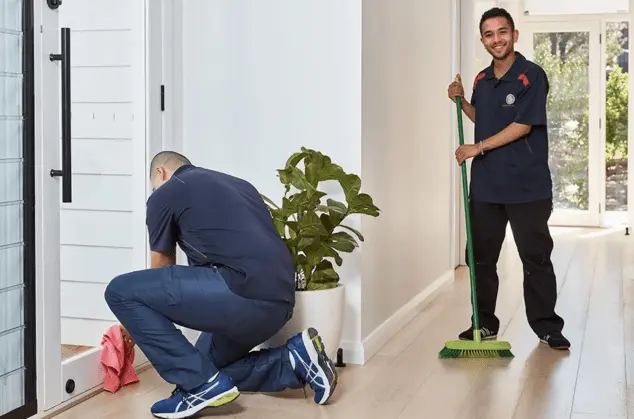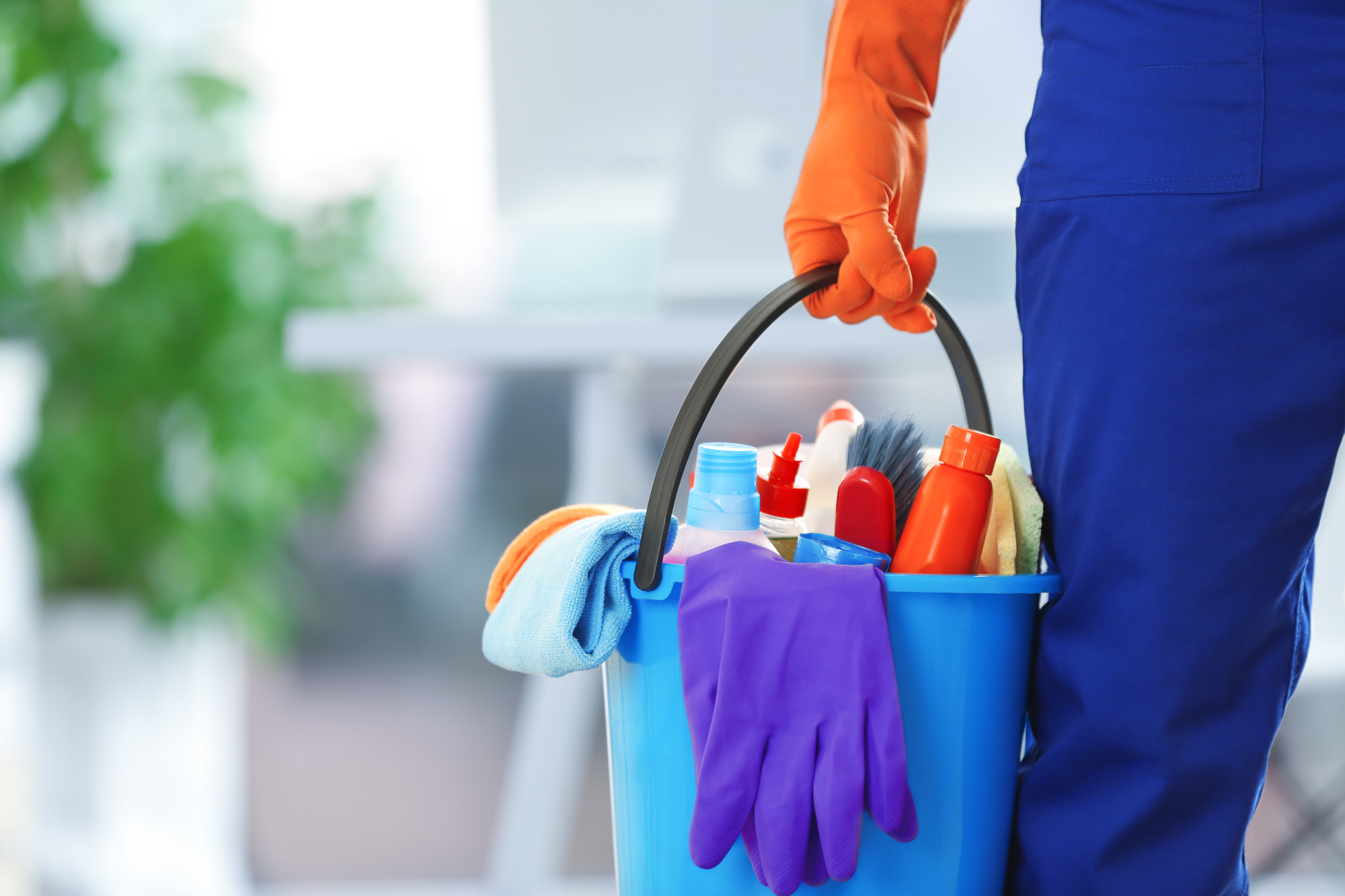Necessary Tips for Everyday Cleaning: How to Defrosted and Cleaned Every Few Months for a Fresh Home
Necessary Tips for Everyday Cleaning: How to Defrosted and Cleaned Every Few Months for a Fresh Home
Blog Article
Recognizing the Demand for Thoroughly Decontaminating and Sanitizing Regularly Touched Surface Areas in High-Traffic Areas
In the world of public wellness and security, the meticulous disinfection and sanitization of often touched surfaces in high-traffic locations stand as vital actions in stopping the spread of harmful microorganisms. By checking out the various elements of surface area disinfection, from the threats connected with disregarding cleaning procedures to the efficient approaches that can be employed, a more clear understanding arises of the crucial function these methods play in protecting public health and wellness.
Importance of Surface Area Sanitation
Emphasizing the detailed sanitation of high-traffic surfaces is important in keeping a sanitary environment and avoiding the spread of harmful pathogens. High-touch surface areas such as door takes care of, light switches, elevator buttons, and countertops serve as reproducing premises for bacteria and viruses. Normal disinfection of these surface areas is vital to lower the danger of contamination and transmission of ailments.
By implementing a robust sanitation method, companies and institutions can produce a more secure setting for workers, consumers, and site visitors. Correct surface sanitation not just mitigates the spread of infectious illness but likewise infuses confidence in the tidiness and safety and security of the properties. This positive strategy shows a commitment to health and health, which is especially vital in high-traffic areas where the possibility of direct exposure to pathogens is increased.
Moreover, surface sanitation plays a crucial duty in overall infection control approaches. Combined with hand health methods, using masks, and keeping physical distancing, thorough disinfection of high-touch surface areas creates a comprehensive defense versus the transmission of hazardous microbes. Focusing on surface area sanitation is an important component of a holistic strategy to health and wellness in common rooms.
Dangers of Neglecting Cleaning Practices
Neglecting extensive sanitation of high-traffic surface areas considerably enhances the threat of microbial and viral contamination, positioning a major risk to the wellness and security of people frequenting these spaces. Failing to execute correct cleaning methods can cause the buildup and spread of unsafe microorganisms, including infections and bacteria, on regularly touched surfaces such as doorknobs, handrails, lift switches, and counter tops.

In addition, overlooking the value of complete cleaning not just endangers the well-being of individuals but additionally weakens initiatives to preserve a clean and hygienic environment. It is important to acknowledge the importance of proper disinfection protocols in preventing the spread of infections and securing public wellness.
Reliable Disinfection Methods
To maintain ideal cleanliness and decrease the danger of contamination on high-traffic surfaces, using reliable sanitation methods is crucial. Among the most reliable and typical disinfection methods is using chemical disinfectants. These products can differ in strength and structure, with some targeting particular microorganisms like germs or infections. It is essential to comply with the producer's guidelines for proper dilution, call time, and air flow when using chemical anti-bacterials to ensure their effectiveness - Everyday cleaning.
Another effective technique is the usage of UV-C light. UV-C light has actually been revealed to be reliable in eliminating a broad range of bacteria by disrupting their DNA structure, thus stopping them from replicating. Nevertheless, it is vital to utilize UV-C light appropriately, guaranteeing that the correct strength and direct exposure time are used to accomplish the preferred disinfection results.
In addition, utilizing steam cleansing as a disinfection approach can be very reliable, especially on surface areas that are heat-resistant. Heavy steam can penetrate permeable surfaces and eliminate germs, infections, and other virus successfully. When utilizing steam cleansing, it is very important to ensure that the surface area reaches the required temperature level for a sufficient quantity of time to guarantee appropriate sanitation.
Influence On Public Wellness
The upkeep of high criteria of tidiness and sanitation on high-traffic surface areas plays a crucial role in securing public health. Frequently touched surface areas in locations with high step, such as doorknobs, hand rails, lift switches, and restroom facilities, serve as breeding grounds for hazardous microorganisms.
Reliable hygiene techniques not just secure people from falling sick however likewise add to the overall wellness of culture. Public wellness authorities emphasize the importance of keeping clean settings to stop episodes and contain the spread of health problems. In high-traffic areas like airport terminals, colleges, medical facilities, and mass transit systems, the influence of rigorous sanitation actions can not be understated. Prioritizing the sanitization of frequently touched surface areas is an aggressive strategy to promoting public health and wellness and boosting the visit the site safety of individuals in shared spaces.
Carrying Out Normal Cleaning Up Protocols
Promptly instituting and adhering to a consistent timetable of cleansing protocols is this contact form paramount for preserving the cleanliness and security of high-traffic surface areas. Regular cleansing procedures are crucial in protecting against the build-up of germs and microorganisms on regularly touched surface areas, specifically in areas with high foot website traffic. By implementing an organized strategy to cleansing, organizations can effectively minimize the risk of illness transmission and develop a much healthier atmosphere for employees, consumers, and the public.
To develop an effective cleaning routine, it is critical to recognize high-traffic locations that need constant focus. These locations may consist of doorknobs, handrails, elevator switches, restroom centers, and common tools. Executing a regular cleansing routine that targets these surface areas multiple times a day can significantly decrease the spread of dangerous bacteria and infections.
Moreover, making use of suitable cleaner and disinfectants is crucial to making certain that surface areas are extensively sterilized. Normal training of cleansing team on correct cleaning techniques and the value of adherence to the cleaning routine is also essential in preserving a hygienic environment. By prioritizing consistent cleaning methods, organizations can promote the wellness and wellness of people that connect with these high-traffic surface areas.

Verdict
Finally, it is vital to focus on detailed sanitation and sanitization of frequently touched surfaces in high-traffic locations to stop the spread of dangerous microorganisms and keep public health. Overlooking appropriate cleansing practices can raise the threat of contamination and transmission of illness. By carrying out routine cleansing methods and using efficient disinfection approaches, we can develop a safer environment for every person (Vacuum Carpets). It is imperative to acknowledge the importance of preserving clean surfaces in high-traffic locations to make sure the wellness of the neighborhood.
In the realm try this out of public health and safety and security, the meticulous sanitation and sanitization of often touched surfaces in high-traffic locations stand as paramount steps in avoiding the spread of dangerous virus. By exploring the various aspects of surface area disinfection, from the risks connected with overlooking cleaning protocols to the effective methods that can be utilized, a clearer understanding emerges of the vital duty these methods play in protecting public health.Additionally, utilizing vapor cleansing as a sanitation method can be very effective, especially on surfaces that are heat-resistant. When using heavy steam cleaning, it is essential to make certain that the surface gets to the needed temperature for an enough quantity of time to assure correct disinfection.
In final thought, it is critical to prioritize comprehensive sanitation and sanitization of frequently touched surfaces in high-traffic areas to avoid the spread of harmful pathogens and maintain public health.
Report this page